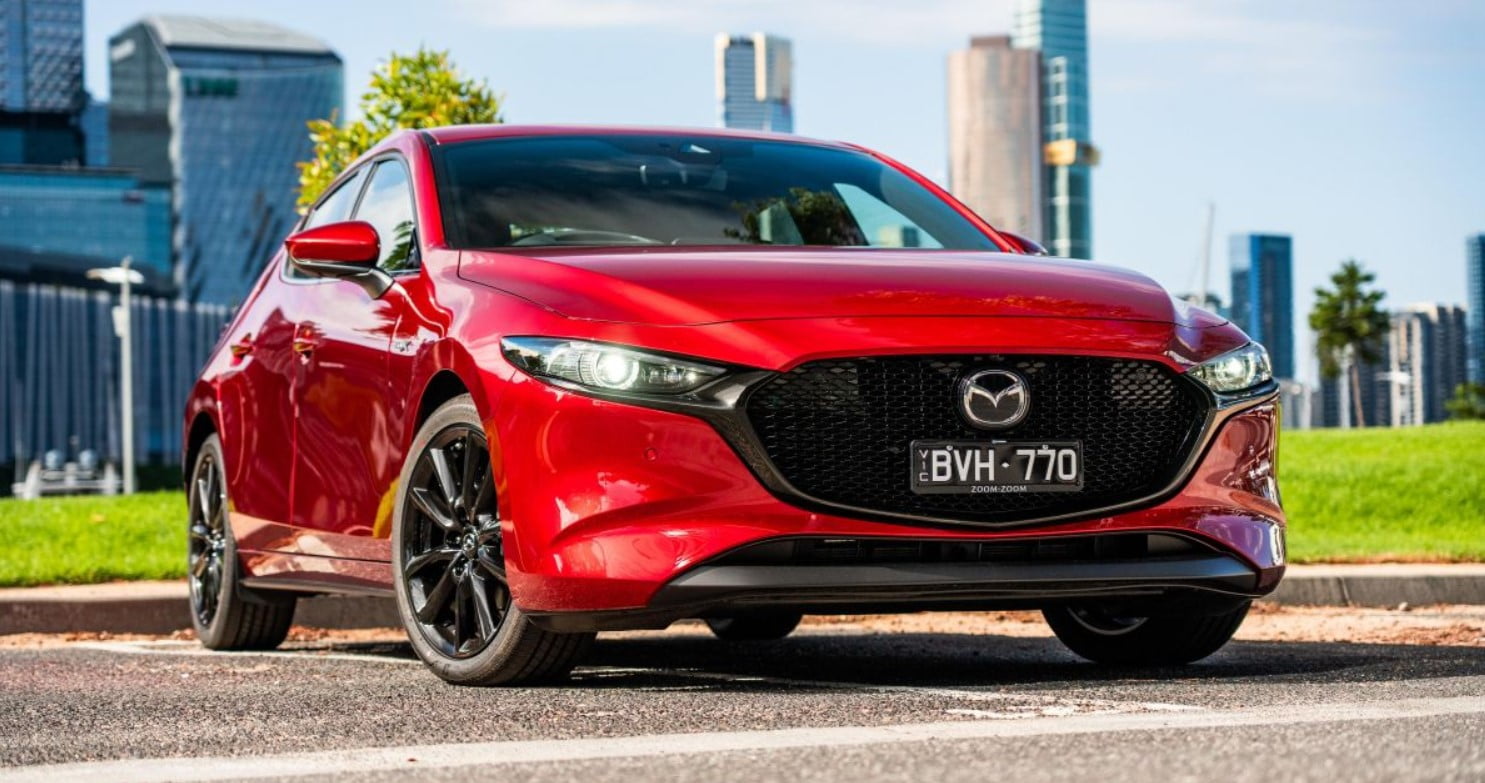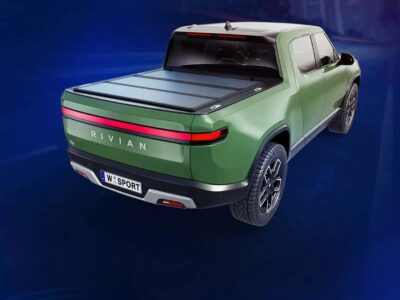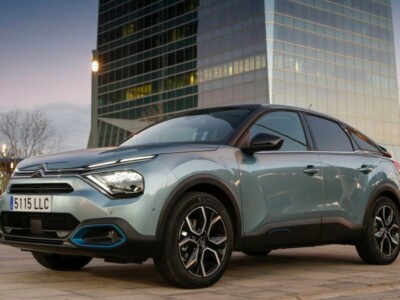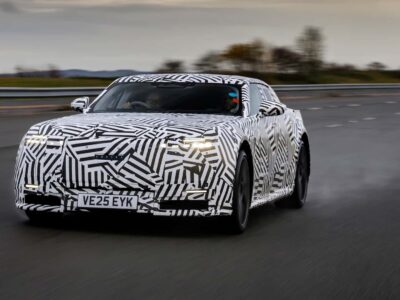
Mazda, although smaller globally than Japanese brands like Toyota, Nissan, and Honda, has a rich history. Initially founded as a cork manufacturing company in 1920, it shifted to vehicle production in 1931. Mazda is known for taking risks, with some endeavors, such as the development of the MX-5, proving successful, while others, like the continued investment in rotary engines, faced challenges.
The company’s recent long-term focus has been on the SkyActiv approach, aiming to make cars more efficient without compromising performance or the acclaimed ‘Zoom-Zoom’ and ‘jinba-ittai’ (rider and horse as one) driving feel for which Mazda is known.
Brief History
Elements of Mazda’s SkyActiv philosophy have been in production for over a decade, with the first car sold under the SkyActiv banner being the Mazda 3 sedan and hatchback BL Series 2 introduced in late 2011. These models were equipped exclusively with SkyActiv engines and transmissions, demonstrating a substantial 25.6% improvement in fuel efficiency compared to their predecessors.
Today, Mazda’s entire range of sedans and SUVs incorporates a range of SkyActiv technologies. The only exception is the UT-50 BT-50 from Mazda, based on the Isuzu D-Max. However, Mazda asserts that, as the latest BT-50 features significantly more fuel-efficient engines than its predecessor, it aligns with the overall SkyActiv philosophy.
It’s crucial to note that while Mazda’s current models share the SkyActiv brand with those sold a decade ago, the company has not been idle, regularly improving and refining SkyActiv technology.
SkyActiv Engines
The Mazda SkyActiv engine family is more of a set of shared engineering principles and design elements, spanning a variety of naturally aspirated, turbocharged (both petrol and diesel), and hybrid engines. These engines include relatively high compression ratios for petrol engines and relatively low compression ratios for diesel engines.
For petrol engines, Mazda claims that a high compression ratio enhances thermal efficiency, leading to better fuel economy while improving low and mid-range torque for better everyday driving. SkyActiv-G naturally aspirated petrol engines from Mazda typically use high compression ratios ranging from 13.0:1 to 15.0:1, including the innovative SkyActiv-X propulsion system. Even turbocharged SkyActiv-G petrol engines adopt a high compression ratio of 10.5:1, which is high compared to similar engines.
To address the higher risk of engine knock associated with high compression ratios, Mazda employs a ‘4-2-1’ exhaust system, physically increasing the length of the exhaust manifold to reduce the chances of hot residual gas being forced back into the combustion chamber and inducing engine knock.
For diesel engines, a low compression ratio of 14.0:1 is used, allowing Mazda’s diesel engines to comply with strict Euro 6 emission standards without the need for AdBlue or other exhaust gas treatments.
Recent developments include the introduction of the e-SkyActiv G engine, incorporating a 24V mild-hybrid system to enhance fuel efficiency.
One notable innovation in the SkyActiv engine lineup is the introduction of the SkyActiv-X engine. This engine combines aspects of both petrol and diesel engines through a process known as Spark Plug Controlled Compression Ignition (SPCCI). SPCCI uses a spark plug for initial ignition, creating a fireball to start the combustion process, similar to a petrol engine. However, the actual combustion of the air-fuel mixture occurs rapidly and consistently, resembling compression ignition, rather than the gradual combustion of a typical petrol engine.
SkyActiv Transmissions
Mazda has also applied SkyActiv principles to transmissions, including both manual and automatic transmissions.
The SkyActiv-MT manual transmission, used in models like the MX-5, aimed to replicate the MX-5’s shifting feel across the lineup, resulting in a 16% reduction in transmission weight. SkyActiv-Drive automatic transmissions offer a unique approach, utilizing a lock-up clutch that operates 80% of the time, enhancing smooth takeoff and slip characteristic, akin to a traditional automatic, with some of the responsiveness of a dual-clutch without common slipping or humming noises associated with CVTs.
SkyActiv Body and Chassis
Mazda claims significant improvements in body and chassis under the SkyActiv philosophy, focusing on coordinating disparate structures to form a monocoque. The aim was to enhance load transfer and rigidity, favoring straighter, stiffer sections over previously curved aspects of the monocoque. Advanced welding and bonding techniques were employed to create a continuous bonding structure.
Improvements in the body structure allowed Mazda to enhance safety by creating a refined multi-path load structure, ensuring that forces are distributed in multiple directions in the event of a collision.
The use of a higher proportion of high-strength steel in SkyActiv body vehicles contributes to both strength and weight benefits.
Suspension and steering systems may vary across models, but Mazda asserts that it has revised its approach to suspension development and introduced a new Electric Power Steering (EPS) system for improved stability at high speeds and agility at low speeds.
Dynamic vehicle control technologies, such as G-Vectoring Control (GVC) and G-Vectoring Control Plus (GVC Plus), have been introduced to enhance handling during high-speed curves. These systems adjust torque output based on the driver’s steering and acceleration inputs, subtly improving vehicle turn-in.
Overall, Mazda’s SkyActiv philosophy represents a comprehensive approach to vehicle design and engineering, aiming to balance efficiency, performance, and driving experience across its lineup.







